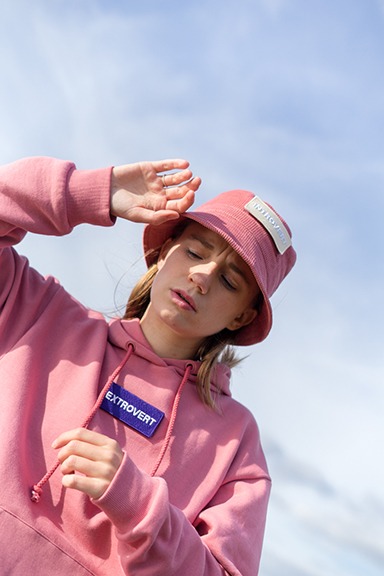THE SWEATSHOP LIST: INDITEX
Honest Fashion

Inditex is on of the largest retail groups in the entire world and covers brands like Zara, Massimo Dutti, Pull and Bear and Bershka. The past couple of year they (and especially Zara) have been accused of several crimes from cancer causing dye in their clothes to not wanting to stop the sale of angora products and off course their unethical production. All of the brands follow the concept of fast fashion: new products every 2-3 weeks (instead of the six-month industry average) for an affordable price. Although this made fashion somehow democratic, the idea of Zara as a “fashion imitator” has increased over the years.
So what about their ethics?
First of all it strikes me that only Zara gets all the media attention, it’s hard to believe the other brands don’t face the same accusations. Once you realise how similar these brands are (don’t forget the identical price tags) you wonder how it’s even possible the consumer doesn’t see the monopoly of all these mega brands.
Since Zara is widly discussed and accused I will mainly mention them, it’s up to you to decide whether the other brands are better or maybe even worse.
Let’s start with the accusations
It all started in 2011 when Greenpeace accused a couple of brands on using cancer causing dye in their clothes, especially in jeans. Out of the 10 pants they checked at Zara, 9 where poisonous. In 2012 Zara committed to go toxic free and a lot of other brands followed, a big step in the fast fashion industry but the worst was yet to come.
Later that same year Inditex was also accused after a contractor in Sao Paolo was found to be using employees in sweatshop conditions to make garments for the Spanish company. Inditex stated that it could not be held responsible for “unauthorised outsourcing” but would compensate the workers because Inditex’s code of conduct was violated. This unauthorised outsourcing is still the biggest problem today since the production chain can not be tracked that easily anymore.
In 2013 sweatshop activity was discovered in Argentina, the workers had to work for 13 hours a day and could not leave the factory. Research showed they where producing clothes for Zara Britain. But between the workers where also children aged 14 years old. They lived and worked in the factories under inhumane circumstances. Inditex refused to take responsibility about the child labour hiding behind the story that they didn’t know about the subcontractors but proof was found they did. Nevertheless a fine of 410.000 euro and compensations for the workers was all they had to pay.

The Bangladesh factory collapse in 2013 was probably the worst thing that could happen for the industry. Suddenly the whole world knew what was going on and there was no doubt there needed something to be done. Inditex was one of the first companies to compensate the victims and sign a legal agreement to ensure the safety. A step in the right direction?
Still, two years later, there’s a lot of work to do. the safety rules don’t ensure safer buildings since they cover only 1/3th of the companies and in deserted places the sweatshop story still goes on due to subcontractors and middlemen. This part is still not inspected or addressed.
So what about Inditex today?
Their code of conduct seems quite convincing including principles as no forced labour, no child labour, workplace health and hygiene, reasonable working hours and so on. On paper it’s al looking pretty good but in reality it’s a different story. Their quality is quite shitty (I can honestly say there’s nothing from Zara that survived the 2 year mark in my closet), their prices are low and their production is still mainly in China and Bangladesh so did they really make a change?
Watching this documentary from the Dutch television channel VPRO (3 episodes, only in dutch) about the fashion industry prove was given that it would be a miracle if not one child or worker in extremely poor conditions touched your garment. It can be a 7 year old picking cotton or a worn out mother sewing the same seam over and over for 14 years. Sadly I can not formally accuse Inditex of sweatshop activities since they state not to know anything about the subcontracting. An easy hand-off method to apply when you get in uncomfortable situations.
So far my research into the impact of sweatshop/fast fashion has revealed numerous human rights violations and I’m not even talking about the ecological impact.
What is your opinion and which brands would you like me to research? Shoot!




